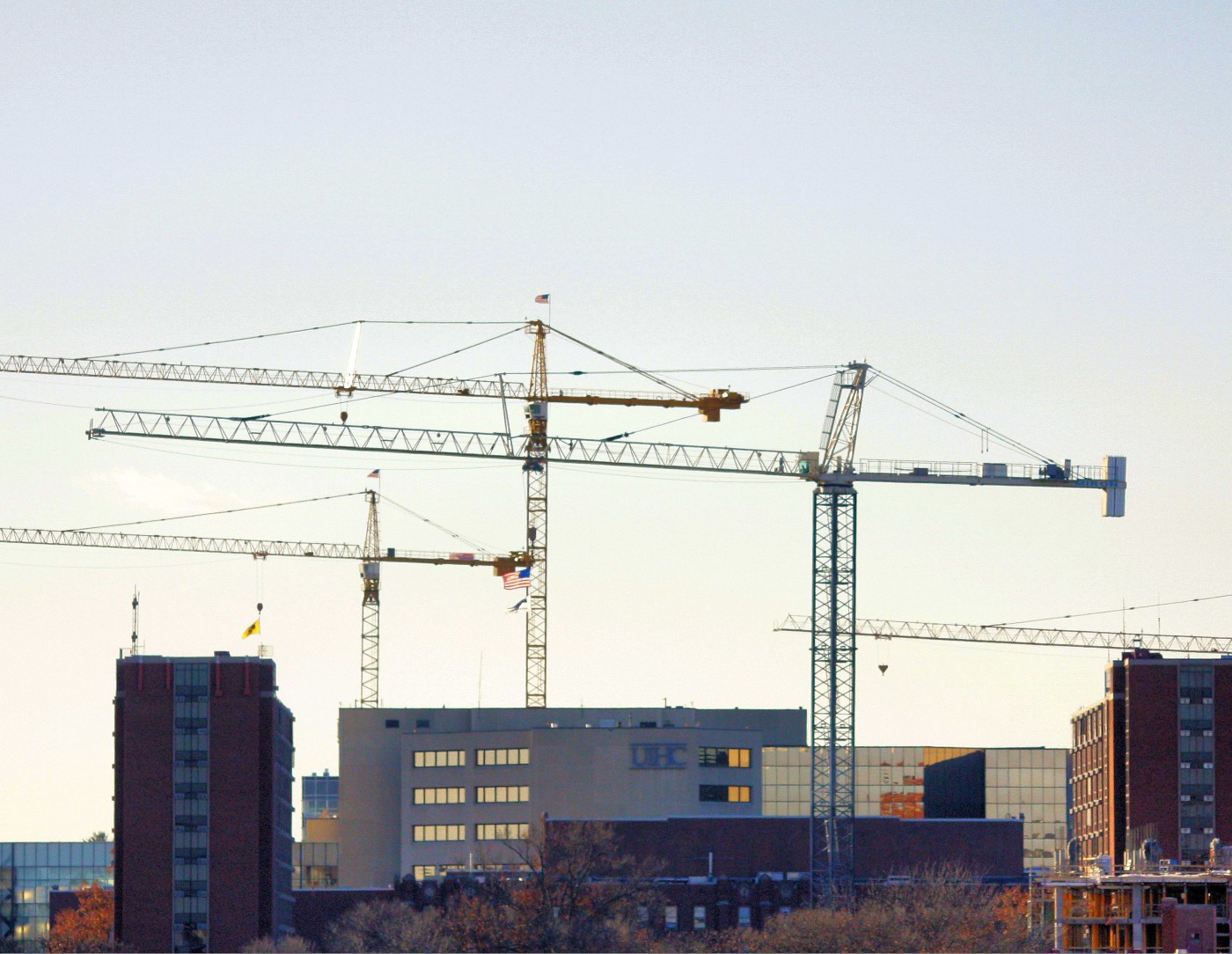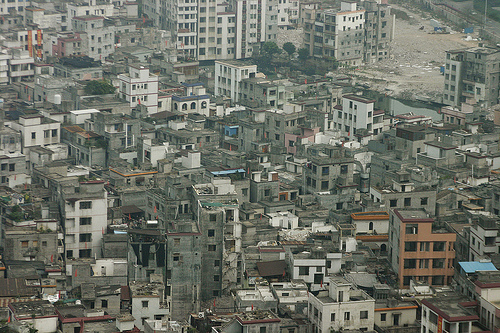Related

Working Paper
/ Aug 18,2014
City Replanning
by
Roderick Hills, David Schleicher

May 01,2013
Grain & Housing Affordability in China
by
Brandon Fuller
That is an excerpt from a recent working paper by UP scholar Alain Bertaud: Converting Land into Affordable Housing Floor Space. In it, Alain offers cities actionable recommendations for increasing the supply of floor space that is affordable to low-income households. The paper takes the city of Ahmedabad as its point of reference, but many of the suggestions are instructive for cities around the world, including high-income cities such as New York. Below are a few of the many useful takeaways from Alain’s paper.
Transport: One way to think about the city is as a labor market, connecting people and jobs. From this perspective, a resident’s employment prospects improve with the number of jobs she can access from her residence. Bertaud notes that high unemployment rates in poor communities are partly a function of insufficient job opportunities within a reasonable commute time. Here, Bertaud encourages cities to focus on expanding the urban area, and thereby jobs, accessible to low-income households in under one hour. This means extending infrastructure with a focus on the convenience and speed of transport. In particular, cities should focus on door-to-door commuting speeds.
Management of public land holdings: GIS and satellite imagery allow cities to map and audit government landholdings. In most cities, land allocated to buildings for government agencies tends to persist in agency use even if the underlying market value of the land becomes wildly disconnected from the intensity of use by the government agency. In such circumstances an audit can serve to free up underutilized government land, either for residential and/or commercial use (in which case the revenues resulting from the sale of land can finance infrastructure development) or for public goods such as parks. One can imagine that cities could free up considerable space for parklands or housing if more government agencies paid market-rate property taxes (as in South Africa) or rent (as in Australia) on the floor space that they occupied (practices documented by George Peterson in a recent World Bank paper).
Regulatory reform: Bertaud encourages cities to weaken or remove regulatory constraints such as limits on floor-area-ratios (FARs), minimum lot sizes, minimum apartment sizes, and minimum parking requirements (See here for more on regulatory reform in NYC). Minimums can be bad for high, middle, and low-income households alike. They force some high and middle income households to consume more floor area than they’d like. What’s more, minimums can effectively price low-income households out of the formal housing market altogether and into informal settlements. Bertaud notes that FAR restrictions keep developers from building up, reducing the supply of urban land for all households with particularly onerous price effects for the poor.
Informal settlements: Informal settlements arise when cities artificially constrain the amount of land available for urban development and/or apply regulations that put formal housing out of reach for poor households. Because informal settlements often offer the most flexible housing arrangements for the poor, Bertaud encourages cities to embrace them where possible. This means monitoring their size, growth, and densities and eventually formalizing the settlements—creating parallel housing markets where residents feel more secure in terms of land tenure but where land use regulations remain relaxed enough to keep housing affordable to the poor.
You can find Alain’s paper here, along with others from a recent World Bank symposium in Barcelona. Many of the papers will serve as the basis for a forthcoming volume from the World Bank entitled Rethinking Cities: A Roadmap Towards Better Urbanization for Development.
Tile image courtesy of Milam Saxena.
Please fill out the information below to receive our e-newsletter(s).
*Indicates required.